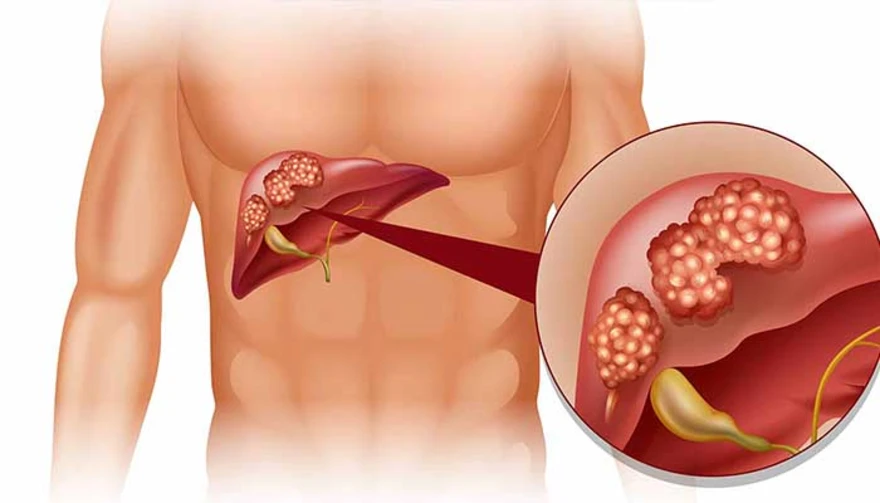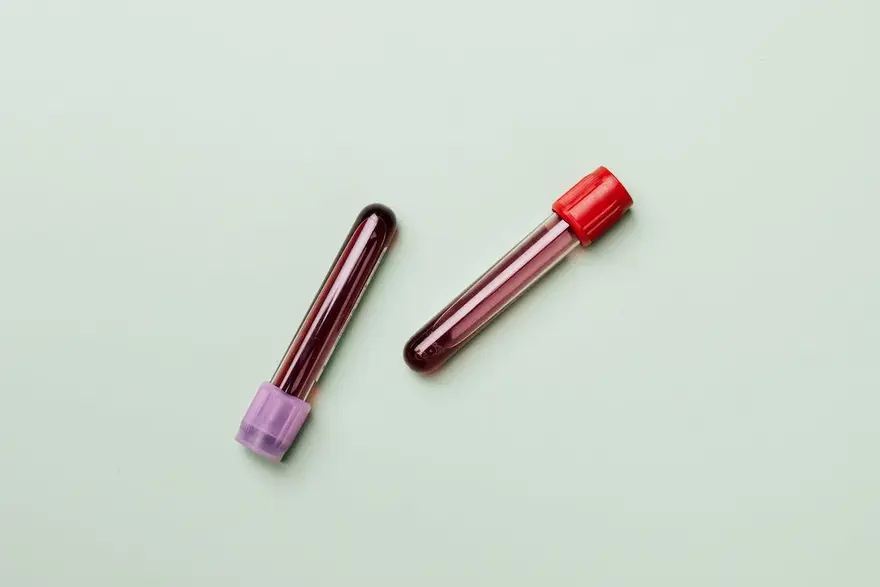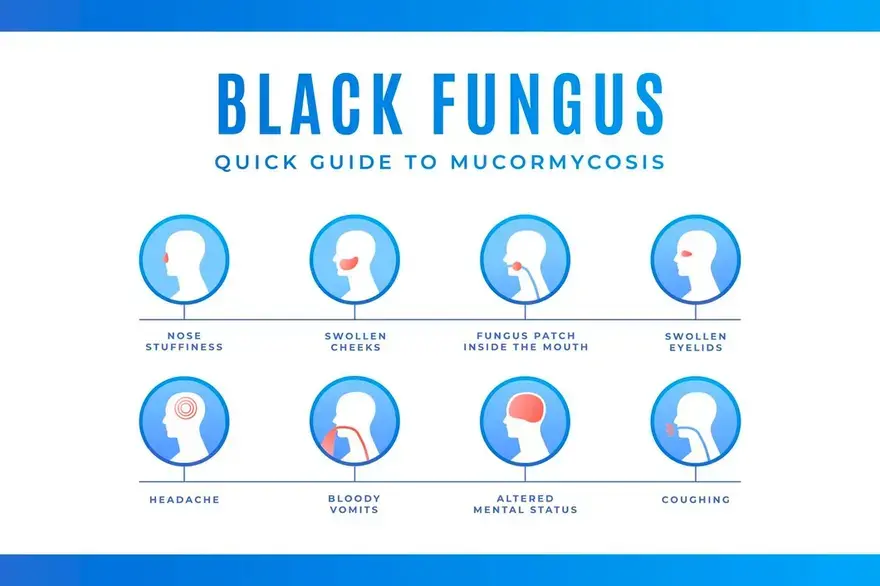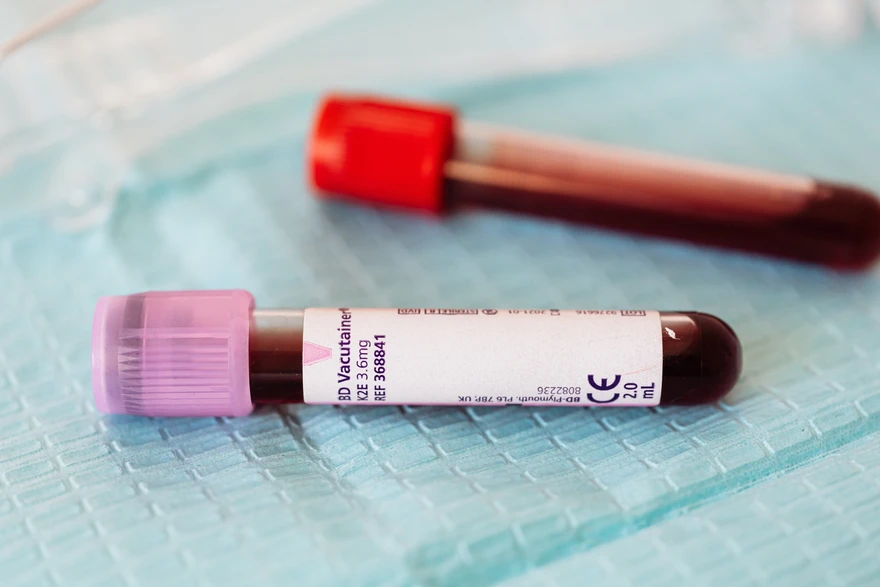sickle cell anemia types
All You Need to Know About Sickle Cell Anaemia
What is Sickle Cell Anaemia? In this condition, haemoglobin within the red blood cells is affected. Haemoglobin is an essential component of the blood and is responsible for carrying oxygen from your blood to other body parts. Sickle cell anaemia is an inherited blood disorder affecting red blood cells. Normal haemoglobin cells are flexible and round, which helps them move even through smaller blood vessels. However, in the case of sickle cell anaemia, the haemoglobin cells get a crescent shape known as haemoglobin S, which makes the cells rigid and lack flexibility, due to which the blood flow is restricted. This prevents vital oxygen from reaching vital organs and tissues throughout the body, which can lead to severe complications like pain, infection, and organ damage. Sickle cell anaemia is a lifelong condition, but there are treatment options that can help reduce symptoms of sickle cell anaemia. What are the Symptoms of Sickle Cell Anaemia? Sickle cell anaemia symptoms may appear in childhood by the age of 5 or 6 months. These sickle cell anaemia symptoms may vary, with some displaying mild symptoms while others showing more severe complications. Common sickle cell anaemia symptoms include: Frequent episodes of pain Fatigue Weakness Paleness Jaundice (yellow tint on the skin and whites of the eyes) Swelling of the hands and feet What are the Types of Sickle Cell Disease? The sickle cell anaemia types depend on the genes a person inherits from their parents. For instance: Haemoglobin SS This is the most severe form of sickle cell anaemia and can affect 65% of people with the condition. Anyone with this form of sickle cell anaemia usually inherits one gene with haemoglobin S from each parent. Most of their haemoglobin is abnormal, which causes chronic anaemia. Haemoglobin SC This mild to moderate sickle cell anaemia type can affect 25% of individuals suffering from sickle cell anaemia. In this case, you may have inherited only one haemoglobin S gene from one parent and another abnormal type haemoglobin C gene from the other parent. Haemoglobin (HbS) beta thalassemia People with beta thalassemia, a form of sickle cell anaemia, inherit only one haemoglobin S gene from one parent and another beta thalassemia gene from the other. This sickle cell anaemia type is divided into two forms: HbS beta+, which is very mild and can affect about 8% of individuals with sickle cell anaemia, and HbS beta 0, which affects 2% of individuals with sickle cell anaemia. The second form is much more severe and shows sickle cell anaemia symptoms similar to haemoglobin SS. There are a few other forms of sickle cell anaemia, such as haemoglobin SD, SE, and which are very rare. What Causes Sickle Cell Anaemia? The primary sickle cell anaemia cause is a genetic mutation in the HBB gene. The function of this gene is the creation of part of the haemoglobin, and any mutation in the gene codes for abnormal haemoglobin. Those who inherit this disease in an autosomal recessive manner (i.e., parents do not have this condition) do not display sickle cell anaemia symptoms or signs. In this case, each child's parents carry one copy of the mutated gene, which can cause sickle cell anaemia. What are the Risk Factors of Sickle Cell Anaemia? Some ethnic groups are more likely to develop sickle cell anaemia as compared to others. These include: People of Middle Eastern, Asian, Indian, and Mediterranean descent Hispanic Americans who hail from South or Central America African descendants, among whom 1 in 12 individuals carry the sickle cell anaemia gene What are the Complications of Sickle Cell Anaemia? Sickle cell anaemia can affect different parts of the body. Some effects may be acute, meaning they start suddenly, while others are chronic and last a long time. Sickle cell anaemia symptoms begin early and remain lifelong. Pain This is one of the most common complications of sickle cell anaemia. As the sickled cells start to get stuck and block blood flow, this can cause an acute pain crisis, also known as a sickle cell crisis, Vaso-Occlusive Episode (VOE), or Vaso-Occlusive Crisis. Anaemia Sickle cell anaemia causes red blood cells to die early, leading to acute cases of anaemia. In this case, there will not be enough healthy red blood cells to carry oxygen to the body parody, causing the abovementioned symptoms. Acute Chest Syndrome This is a life-threatening medical condition that can cause injury in the lungs, difficulty breathing, and low levels of oxygen in the rest of the body. Blood Clots If you have sickle cell anaemia, your cells are more likely to clot, which increases the chances of developing deep vein thrombosis, leading to pulmonary embolisms. Vision Problems If the blood flow to your eyes gets blocked due to sickle cell anaemia, it can lead to vision loss and, in some cases, permanent blindness. Strokes If the blood flow to your brain is hampered, your brain does not get the required amount of oxygen to function correctly, which in turn can lead to a stroke. Organ Damage Individuals with sickle cell anaemia run the risk of issues related to the heart, lungs, kidneys, and other vital organs. How is Sickle Cell Anaemia Diagnosed? A sickle cell anaemia diagnosis can usually be given to newborn babies after a routine screening test. This test takes a small blood sample and checks for various conditions, including sickle cell anaemia. Prenatal testing may also give a positive or negative diagnosis. How is Sickle Cell Anaemia Treated? Sickle cell anaemia treatment can include medication, blood and marrow transplants, transfusions, and gene therapy. This treatment starts with antibiotics. Other medications like Voxelotor, Crizanlizumab, Hydroxyurea, and L-glutamine help reduce the symptoms of this condition. Your healthcare provider may suggest sickle cell anaemia treatments like acute transfusion or red blood cell transfusion to treat sickle cell anaemia and prevent complications. A stem cell transplant from a suitable donor can help cure sickle cell anaemia. How Can I Prevent Sickle Cell Anaemia? Sickle cell anaemia prevention is not always possible as it is a genetic disease. If you or your partner suffer from it, it is best to talk to your healthcare provider about genetic testing or counselling to understand the probability of passing the mutated gene to your children. Conclusion Sickle cell anaemia is a lifelong condition, but recent advances in healthcare have made huge strides in helping with its prevention and treatment. Regular diagnostic tests and genetic testing for babies and adults enable you to understand if you are at risk of developing this condition. Metropolis Labs provides world-class facilities and best-in-class diagnostic services in the comfort of your home so you can keep track of your health. Contact us today for more details.
 Home Visit
Home Visit Upload
Upload















 WhatsApp
WhatsApp